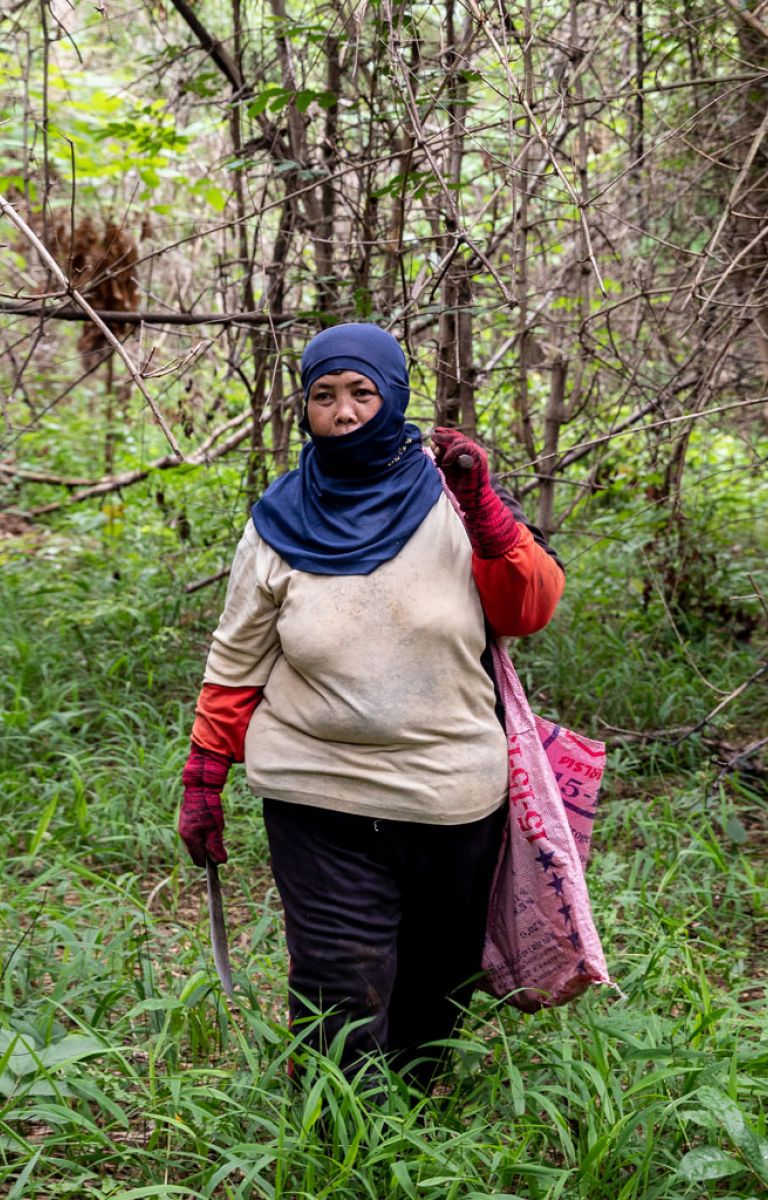

- The Asia–Pacific’s NDCs have not been ambitious enough, and there is much potential for improvement in the forestry and agriculture sectors.
- The NDCs increasingly include co-benefits, such as biodiversity, human well-being and resilience, alongside the quantitative emissions reduction goals.
The Nationally Determined Contributions (NDCs) is a document in which each party to the UNFCCC outlines their planned action on climate change. The document is based on the draft Intended Nationally Determined Contributions (INDC) that most parties released ahead of COP21 in Paris in 2015. Under the Paris Agreement, parties should update their NDC every five years. COP26 was the first such deadline.
The NDCs that the Asian and Pacific countries have submitted thus far are not sufficiently ambitious. Emissions for Asian and Pacific countries reached a record, equivalent to 36.7 gigatonnes of carbon dioxide in 2019, and are projected, even with the NDCs, to reach 50 gigatonnes by 2060. Although global commitments in the revised NDCs represent a 12 percent decrease in intended emissions, compared to the INDCs, overall emissions continue to rise. With determined actions and policies in the land-use sector, significant reductions could yet be made.
Most, but notably not all, NDCs from the region include agriculture and forestry in their emissions reduction commitments. In the NDC of some countries, such as Cambodia, Lao PDR and Myanmar, land-use and forestry are the most significant sectors.

“According to our analysis, overall, 95 percent of NDCs have integrated land-use management, including agriculture and forestry in their mitigation or adaptation strategies. This is also the case in the Asia–Pacific region.” — Krystal Crumpler, Climate Change Specialist, FAO
Climate change mitigation objectives in the land-use, agriculture and forestry sectors have generally improved in the region’s updated NDCs. But, in some cases, changes in accounting metrics make it difficult to know if improvements are real. For example, in the new NDCs, some countries have pledged to halve the rate of deforestation by 2030. Yet, it is not clear whether this is a quantitative improvement in countries whose INDCs had instead expressed intentions to increase forest cover to a certain percentage of the land area.
The experts noted a qualitative improvement in regional NDCs. The focus of these plans is expanding to include a range of co-benefits alongside a degree of increased ambition on emissions reductions. These include increased involvement of and benefits to Indigenous Peoples and local communities as well as biodiversity conservation and other ecological benefits accruing from nature-based solutions and efforts to ensure that COVID-19 recovery trajectories are “green”.
While the land-use sector features prominently in most of the regional NDCs, the key subsectors of forestry and agriculture come with different risks and trade-offs. For example, mitigation approaches in agriculture are sensitive due to acute trade-offs, such as potentially lost livelihoods and food security. This is a pressing concern in those parts of the Asia–Pacific region where land availability is highly constrained and poverty levels are relatively high.

“Many countries in the Asia–Pacific region have conditional targets, requiring international climate finance to achieve those goals. If funding does not flow to implement NDCs related to forests, agriculture and energy, it will be very difficult to achieve the targets.” — Milan Dhungana, Section Head, Emission Inventory Section, Climate Change Management Division, Ministry of Forests and Environment, Nepal
